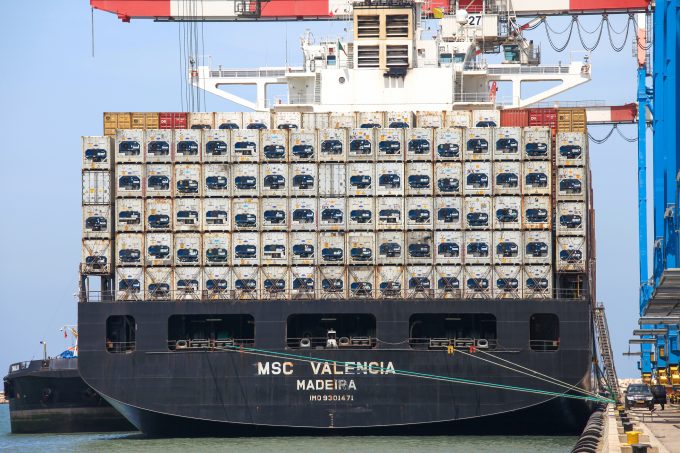Shipping giants reticent as IMO ship efficiency measures enter force
The International Maritime Organization’s (IMO) latest emissions reduction measures came into force today, a regulatory ...

Conventional reefer ships that played a critical role in shipping perishables during the pandemic could be forced into retirement by new International Maritime Organization (IMO) pollution regulations.
Dutch consultancy Dynamar says the carbon intensity indicator (CII) and energy efficiency of existing ships (EEXI) rules will force ...
Predatory rivals circle as the ripples from DSV's Schenker buy widen
Latest Israeli attack on Iran a threat to box ships in Straits of Hormuz
DHL Express facilities in Canada forced to shut down by strike
Industry concerns rise after yet another box ship on fire off Indian coast
New Middle East conflict brings airspace closures, flight chaos and oil price worry
More legal trouble in India for MSC: feeder vessel detained after box ship disasters
Return of downward pressure on container spot freight rates
BYD launches logistics subsidiary – and eyes ports and shipping sectors

Comment on this article